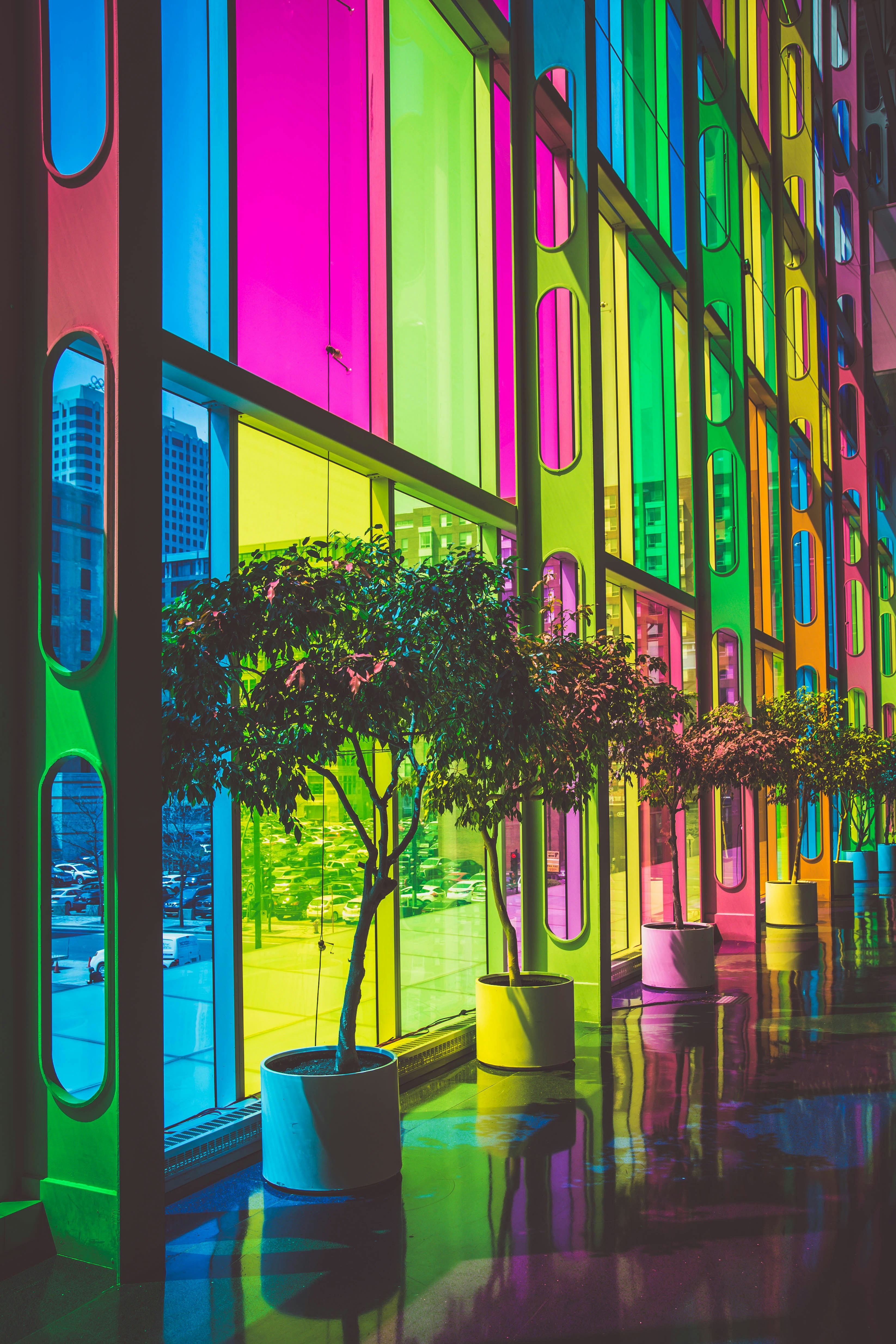
Sustainability is increasingly shaping digital design, with a focus on eco-friendly practices and reducing the environmental impact of websites. This trend includes optimizing website performance, reducing energy consumption, and using sustainable design principles. Designers are adopting practices such as minimizing code, optimizing images, and using green hosting services to create more sustainable websites. By prioritizing sustainability, digital designers can contribute to a greener web and align with growing consumer preferences for environmentally conscious brands.
Designers are adopting practices such as minimizing code, optimizing images, and using green hosting services to create more sustainable websites. By prioritizing sustainability, digital designers can contribute to a greener web and align with growing consumer preferences for environmentally conscious brands. This approach not only benefits the environment but also enhances brand reputation and appeal among eco-conscious consumers.
Additionally, sustainability in digital design involves creating long-lasting, durable websites that can adapt to changing needs without requiring frequent overhauls. This includes designing with scalability and flexibility in mind, ensuring that websites can grow and evolve with the business. By focusing on longevity, designers can reduce the need for constant redesigns, minimizing resource consumption and waste.
Sustainable design also includes promoting digital minimalism, where the focus is on creating efficient and purposeful designs that avoid unnecessary features and excess. This approach not only improves website performance but also enhances user experience by reducing clutter and distractions. By adopting sustainable design principles, designers can create websites that are both eco-friendly and user-friendly, contributing to a more sustainable digital future.


